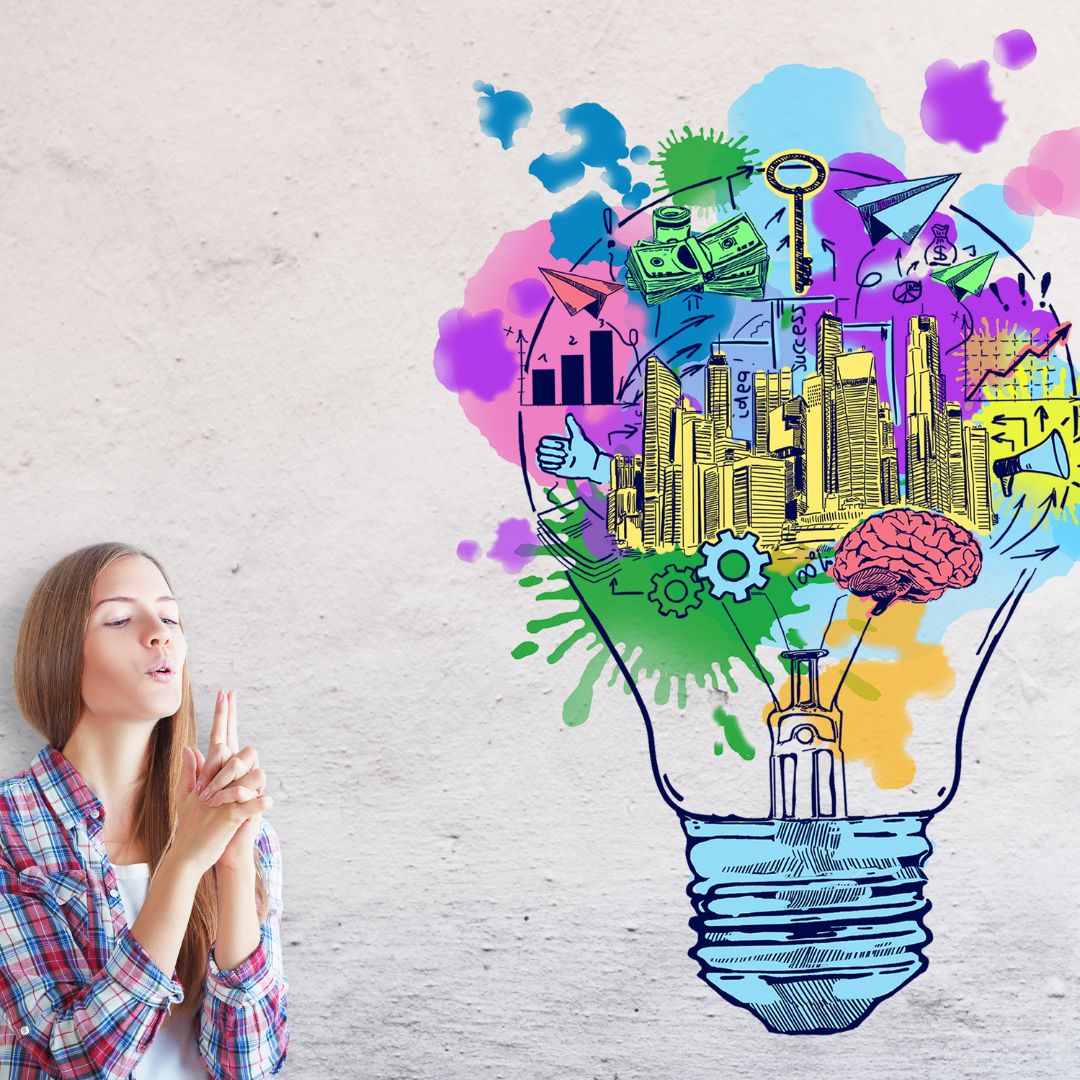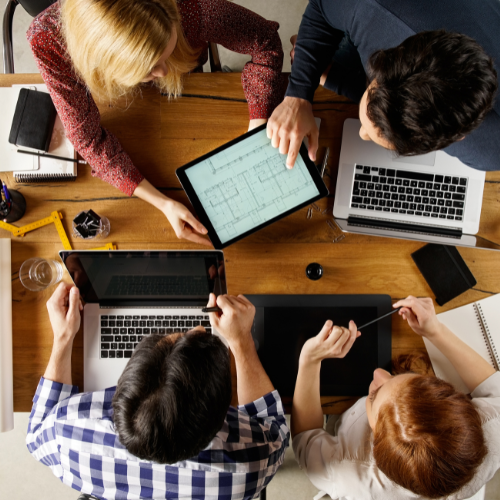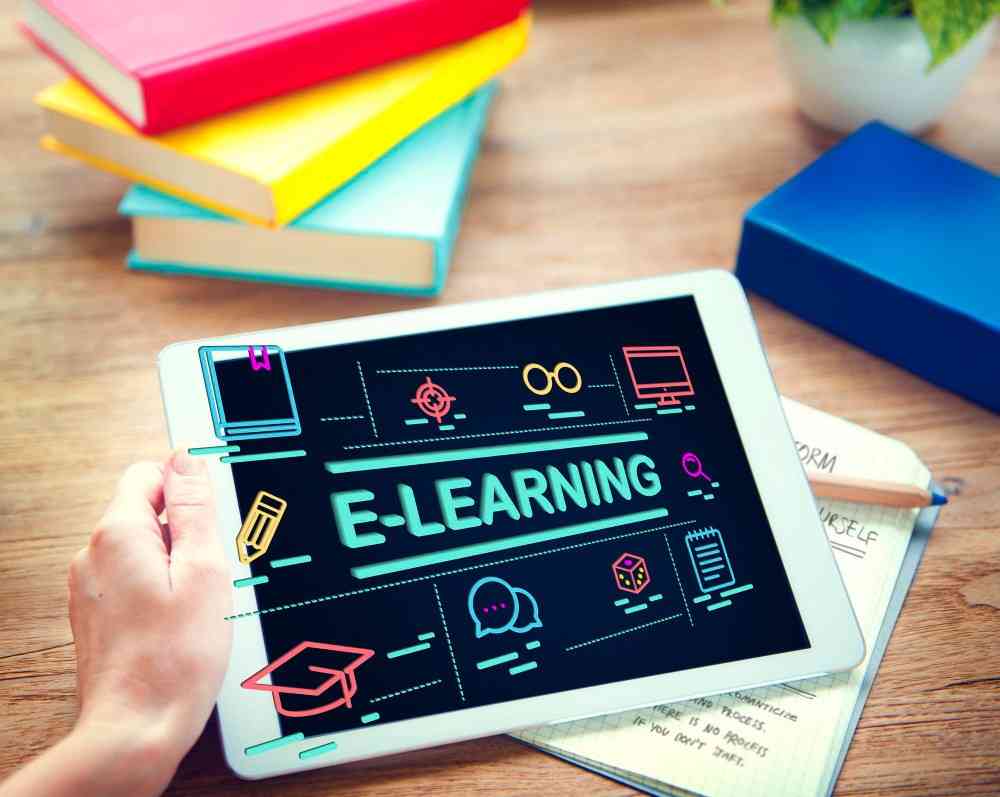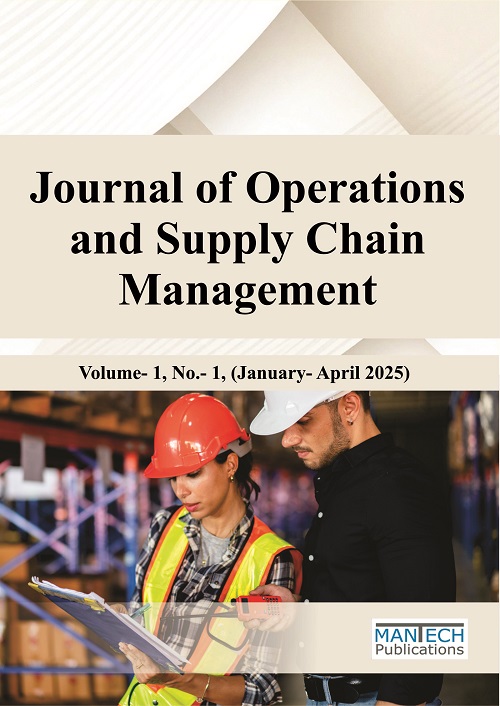Introduction
The intersection of Art and Technology has revolutionized how we perceive, create, and engage with visual culture. No longer confined to traditional methods, artists are exploring new dimensions using software, artificial intelligence, virtual reality, and other digital platforms. The fusion of Art and Technology has opened endless possibilities, enabling creators to think beyond the canvas and bring their imagination to life in digital realms.
In this detailed blog, we explore how Art and Technology are shaping modern creativity, its implications on artists and audiences, and the digital tools making this transformation possible.

What is the Relationship Between Art and Technology?
Art and Technology share a deeply intertwined relationship. Technology provides artists with newer mediums, while art gives human meaning to technological advancements. Today, Art and Technology work hand-in-hand to produce experiences that merge beauty, code, interaction, and innovation.
Evolution of Art Through Technological Innovation
From the invention of the camera to the rise of AI-generated art, every major technological breakthrough has altered the artistic landscape.
Traditional Art to Digital Formats
Earlier, art was produced using brushes, pencils, and physical media. Now, artists utilize graphic tablets, 3D modeling, and animation software to create vibrant, interactive, and multimedia-rich creations.
Emergence of New Genres
The union of Art and Technology has led to entirely new genres like:
- Generative Art
- Digital Installations
- Projection Mapping
- Augmented Reality (AR) Art
- Virtual Reality (VR) Art
Top 7 Ways Art and Technology Are Transforming Creativity
1. Artificial Intelligence in Art
AI has become a groundbreaking tool. Artists train algorithms to create visual content, mimic styles, or generate completely new artistic expressions. Art and Technology collaborate here to allow machines to “learn” and “produce” visual languages.
2. Virtual Reality (VR)
VR enables immersive art experiences where audiences walk through digital landscapes and interact with elements in real-time. Artists design 360-degree worlds that completely redefine engagement.
3. Augmented Reality (AR)
AR overlays artistic content onto real-world environments. Mobile apps and wearable tech make it possible for audiences to interact with art beyond gallery walls.
4. 3D Printing
3D printing blends sculpture and technology, enabling artists to produce complex physical structures from digital designs.

5. NFTs and Blockchain
The emergence of NFTs has revolutionized digital ownership and art collection. It has opened doors for digital artists to monetize work directly without intermediaries.
6. Digital Animation and Motion Graphics
Motion graphics have become dominant in advertising, social media, and filmmaking. Art and Technology collaborate in this field to breathe life into static designs.
7. Creative Coding
Creative coders write software as a form of artistic expression. Tools like Processing and TouchDesigner allow artists to develop visuals through code.
Popular Tools Blending Art and Technology
- Adobe Creative Suite (Photoshop, Illustrator, After Effects)
- Procreate for iPads
- Blender for 3D modeling
- Unity and Unreal Engine for game art and interactive environments
- Google Tilt Brush for VR painting
- Midjourney and DALL·E for AI-generated images
These tools symbolize the perfect synergy of Art and Technology and represent the future of digital creation.
Impact of Art and Technology on the Global Art Market
The global art market has undergone radical transformation. Digital art is not just a novelty; it is now a respected and monetizable form. Online galleries, digital auctions, and NFTs have redefined how art is bought, sold, and owned.
Collectors are turning to blockchain platforms to purchase digital artworks, giving artists new income streams and recognition. This evolution signifies the growing importance of Art and Technology in financial and cultural systems.
Digital Platforms and Social Media in Artistic Expression
Artists now use Instagram, Behance, Pinterest, and TikTok to showcase digital creativity. These platforms also support collaboration, networking, and community-building.
Whether it’s a time-lapse painting on YouTube or AR filters on Instagram, Art and Technology extend the artist’s reach far beyond traditional audiences.

Education and Careers in Art and Technology
As demand for hybrid talent grows, educational institutions are offering degrees in digital arts, creative technology, interactive media, and animation.
Popular Career Paths:
- Digital Artist
- UI/UX Designer
- 3D Animator
- Game Designer
- Creative Technologist
- Motion Graphics Designer
Students passionate about Art and Technology now have limitless opportunities to shape their futures.
Ethical and Cultural Impacts of Digital Art
The rise of Art and Technology raises new ethical questions:
- Who owns AI-generated art?
- Should machines be credited as artists?
- How do we preserve digital art over time?
Culture, ethics, and law are still catching up with the rapid growth of this fusion. But one thing is clear: digital art is here to stay.
The Future of Art and Technology
Looking forward, quantum computing, brain-computer interfaces, and metaverse development will redefine what creativity means.
Artists will soon work with biological data, real-time environmental input, and immersive storytelling to craft experiences that adapt and evolve.
The fusion of Art and Technology is not a trend — it’s a new era of human expression.

Conclusion
The relationship between Art and Technology has become one of the most dynamic and productive partnerships in the modern creative world. From AI-generated works to immersive VR installations, artists are empowered like never before to push boundaries, express emotions, and engage audiences globally.
As we continue advancing digitally, the collaboration between Art and Technology will define future artistic movements and educational paradigms. Every innovation holds the potential to reshape the world of art. This creative revolution is only just beginning.
10 Frequently Asked Questions (FAQs)
1. What is digital art?
Digital art refers to artistic works created using digital technology, such as graphic design, 3D modeling, or AI tools.
2. How are AI and art connected?
AI generates art by analyzing styles, patterns, and colors. Artists use algorithms to create unique pieces, blending technology with creativity.
3. Can traditional artists transition into digital platforms?
Yes, many traditional artists adopt digital tools like tablets and design software to expand their practice.
4. What are NFTs in the art world?
NFTs (Non-Fungible Tokens) are digital assets that represent ownership of a unique piece of digital art, backed by blockchain technology.
5. Are there degrees related to Art and Technology?
Yes, many institutions offer programs in digital arts, new media, interactive design, and creative computing.
6. What software do digital artists use?
Popular software includes Adobe Photoshop, Illustrator, Blender, Unity, and Procreate.
7. How does social media impact digital art?
Social media offers artists exposure, feedback, and market reach previously impossible with traditional mediums.
8. Is digital art less valuable than traditional art?
No. Digital art is increasingly gaining recognition and financial value, especially through NFTs and online exhibitions.
9. How does AR enhance art?
AR allows artists to overlay virtual elements in the real world, creating interactive and immersive artworks.
10. What’s the future of Art and Technology?
The future holds endless potential, including fully immersive art, brainwave-driven creativity, and intelligent generative systems.
Disclaimer:
The information provided in this blog is for general informational and educational purposes only. Mantech Publications is not affiliated, associated, authorized, endorsed by, or in any way officially connected with any brands, companies, organizations, or institutions mentioned in the content. The views and opinions expressed in the blog posts are solely those of the individual authors and do not necessarily reflect the official policy, position, or opinions of Mantech Publications. While efforts are made to ensure the accuracy and reliability of the information provided, Mantech Publications and its management accept no responsibility or liability for any loss, damage, or inconvenience caused as a result of reliance on the material published on this website.










Leave a Reply